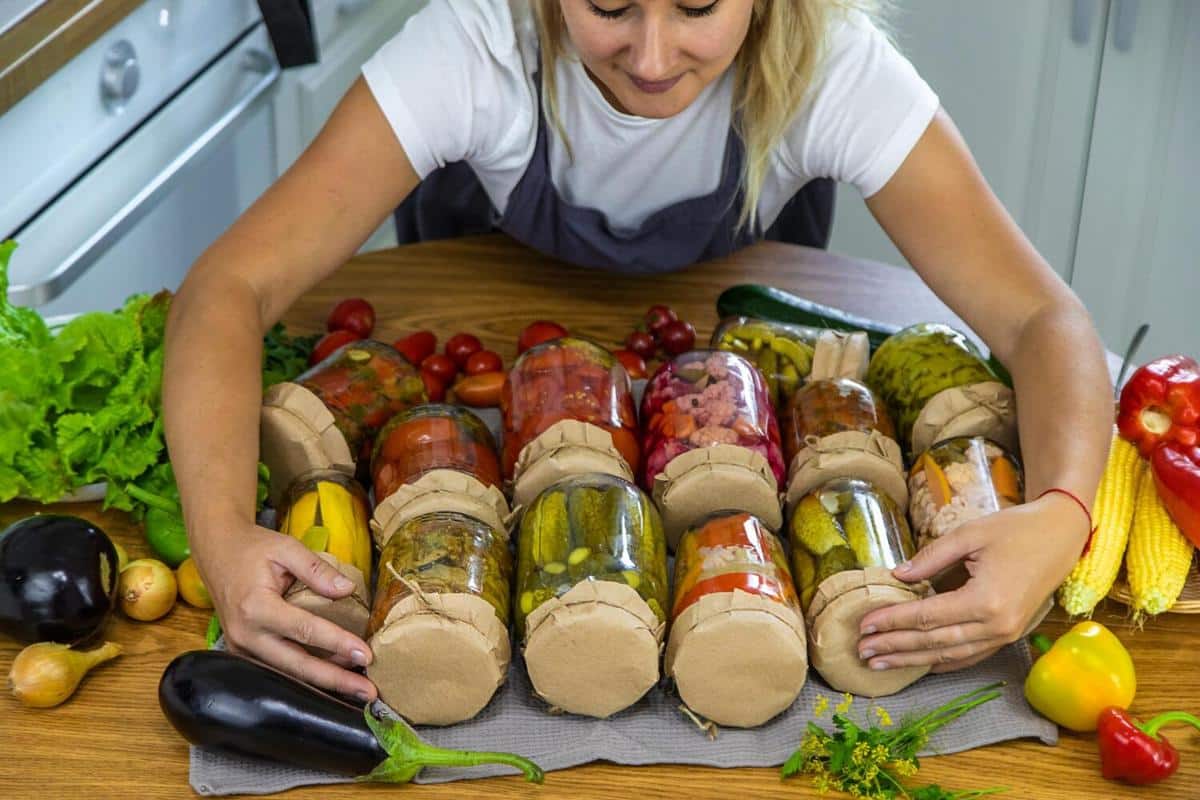
Fermentation Basics: How to Preserve Food Naturally
Preserving food naturally through fermentation is an age-old practice that not only extends the shelf life of perishables but also enhances their nutritional value. As more people turn towards sustainable eating habits, understanding fermentation basics can be a valuable skill in your culinary repertoire.
Fermentation is a metabolic process that converts sugar to acids, gases, or alcohol using microorganisms such as bacteria and yeast. This not only helps in preserving food but also enriches it with probiotics, which are beneficial for gut health.
The Science Behind Fermentation
According to Dr. Sandor Katz, a renowned fermentation revivalist, “Fermentation is an art that has been practiced for thousands of years, providing a means of food preservation and enhancement.” Fermented foods like yogurt, sauerkraut, and kimchi are rich in probiotics. A study published in the Journal of Applied Microbiology notes that these probiotics can improve digestion and boost the immune system.
Why Ferment Your Food?
- Improves nutritional value: Fermented foods are often rich in B vitamins, particularly B12, which is otherwise absent in plant-based foods.
- Enhances flavor: Fermentation adds complexity and depth to foods, creating unique flavors that are not found in fresh produce.
- Promotes gut health: Consuming fermented foods can increase the diversity of gut flora, leading to better digestion.
Getting Started with Fermentation
My own journey with fermentation began with a simple jar of pickles. The process was surprisingly easy and the results were delicious. Here are a few tips to get you started:
- Start Simple: Begin with vegetables like cucumbers or cabbage. These are easy to ferment and provide quick results.
- Use the Right Equipment: A fermentation crock or even a simple mason jar can work wonders. Make sure it’s clean to avoid unwanted bacteria.
- Maintain Temperature: Most fermentation processes require a stable room temperature of around 60-75°F (15-24°C).
Table of Common Fermented Foods
| Food | Origin | Primary Microorganism | Benefits |
|---|---|---|---|
| Yogurt | Mediterranean | Lactobacillus | Rich in probiotics |
| Kimchi | Korea | Lactobacillus | Boosts immune system |
| Kefir | Caucasus | Lactobacillus, Yeast | Improves digestion |
| Sauerkraut | Germany | Lactobacillus | Vitamins C and K |
| Kombucha | China | Yeast, Bacteria | Detoxifying properties |
| Miso | Japan | Aspergillus oryzae | Rich in antioxidants |
| Tempeh | Indonesia | Rhizopus oligosporus | High in protein |
| Pickles | Various | Lactobacillus | Rich in fiber |
FAQ
What is the easiest food to start fermenting?
Cucumbers are a great start for beginners due to their straightforward process and quick fermentation time.
How long does fermentation take?
The time varies depending on the food and environmental conditions, but most vegetables take about 3-7 days.
Is it safe to ferment food at home?
Yes, as long as you follow proper guidelines and maintain cleanliness, fermenting food at home is safe and healthy.
As you delve into the world of fermentation, remember that practice makes perfect. Start with simple recipes, and gradually experiment with more complex ferments. The art of fermentation not only supports sustainable eating habits but also enriches your culinary experiences. Happy fermenting!